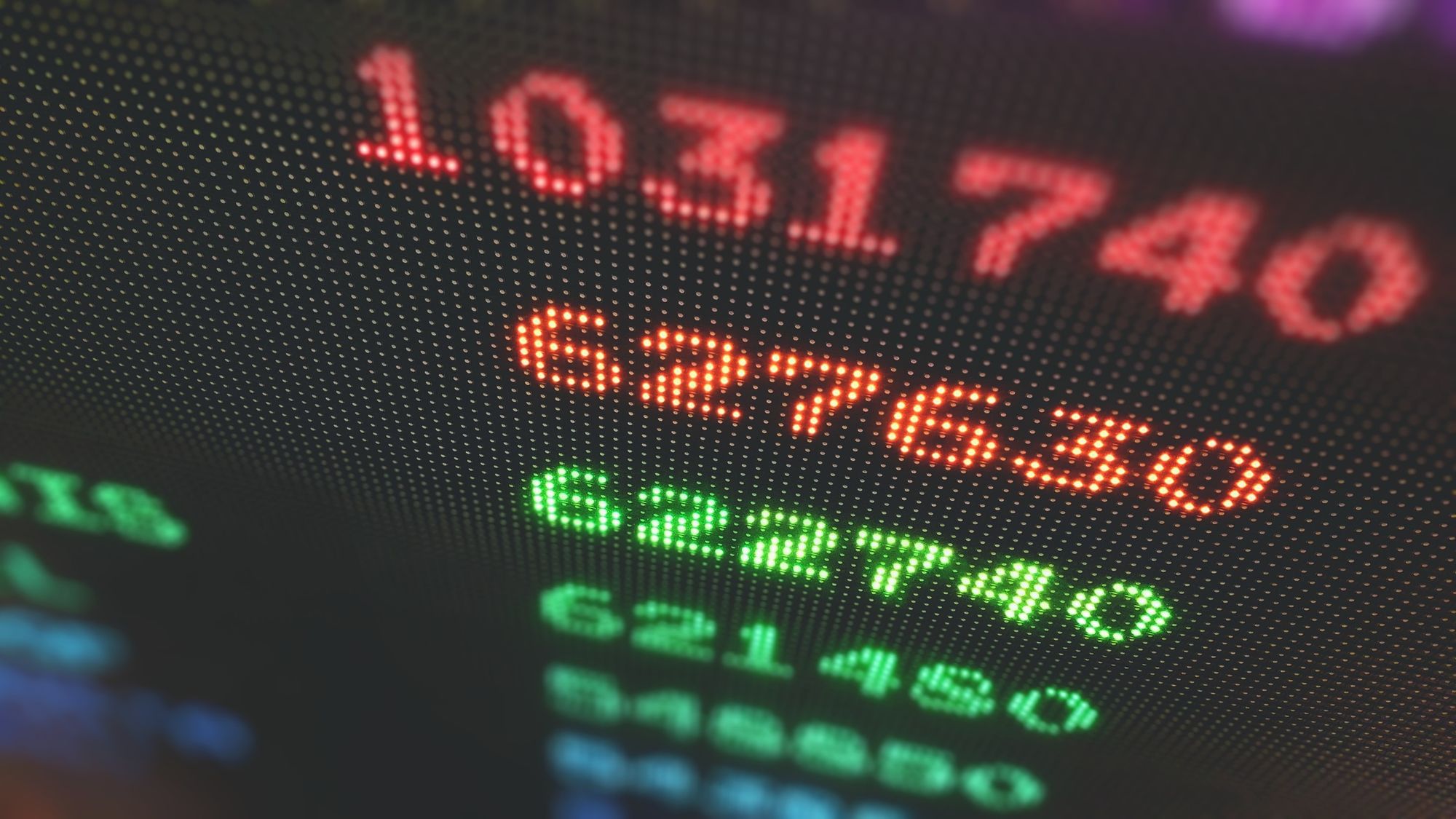Investing Basics: The Bid-Ask Spread

Have you ever looked at a full stock quote and noticed there is a price, but also two other numbers that look like prices with the words Bid and Ask next to them?

This is what is referred to as the Bid-Ask Spread. These two numbers represent the highest price someone is current willing to pay for a security (the bid) and the lowest price someone is willing to sell the same security for (the ask).
In addition, it shows the amount of the security the at the bid/ask known as the bid-ask size. The difference between the current bid price and ask price is known at the bid-ask spread.
Example
Stock ABC is currently trading at 10.00. The current Bid price is 9.90 x 100 and the Current Ask is 10.10 x 100. This means that someone is willing to buy 100 shares of ABC at 9.90 while another party is willing to sell 100 shares of ACB at 10.10. In this case, the bid-ask spread is .20 (10.10 - 9.90).
In this case, if you were to submit a normal market order to buy shares of ABC, your order would be filled at the current ask price, 10.10. Conversely, if you put a market order in to sell shares of ACB, the shares would be sold for 9.90.
Thoughts
Stepping back from the example, and factoring in normal/constantly changing market conditions,there are plenty of times where orders can be filled somewhere between the current bid/ask. I say current because when submitting different order types, other than market orders, you can effectively become a factor in changing the bid-ask spread, potentially changing the prices other buyers are willing to pay and sellers are willing to take.
In a future post, I will walk through different order types, such a limit orders, that help give a "leg up" when fighting against the bid-ask spread to ensure you do not always have to settle for the current ask price or a price that you are not willing to pay.
Takeaways
- Avoid using market orders, especially when the big-ask spread is wide
- Avoid securities with a wide bid-ask spread when executing shorter term trades (day trade, swing trades, etc)
Feel free to leave questions in the comments below.
Happy Trading!